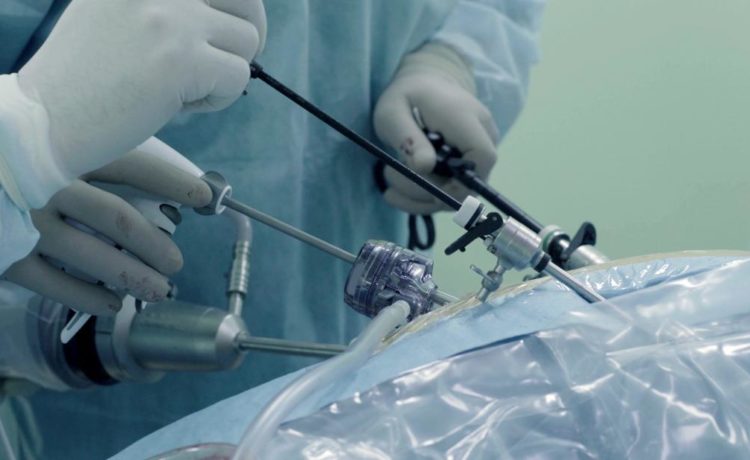Laparoscopic instruments are emerged as diagnostic tools in the early 20th century in Europe. However, it only began to be used to treat patients surgically 80 years later. The goal was to replace some open surgeries with a less invasive procedure with faster recovery.
Currently, worldwide laparoscopy is a surgery used in the most diverse medical specialties, emphasizing the gynecological, orthopedic, and urological areas. We will discuss how laparoscopy is performed, its indications, and other information you should know about this type of surgery. Check out!
What Is Laparoscopy?
The term “laparos” is derived from Greek and means “abdomen.” On the other hand, “scopia” means to contemplate or observe. Thus, laparoscopy, initially, was a procedure to “see inside the abdomen.” The first surgery performed by this route was a cholecystectomy, which consists of removing the gallbladder, in 1987.
However, after improving the technique, several areas of Medicine have benefited since, with this technology, it is possible to access virtually any part of the human body. Thus, laparoscopy is used to diagnose a problem when it is not discovered through tests or clinical examination and to treat diseased areas of the body.
How Is Laparoscopy Performed?
Initially, the patient undergoes anesthesia. The indication (general, local, or epidural anesthesia) depends on some variables, such as the severity of the condition, the patient’s health status, the affected area to be examined or treated, and the surgeon’s preference.
Afterward, a small incision (mm in length) is made with the scalpel to create an opening for the laparoscope to be introduced. This device is made of a thin fiber-optic tube. It has a high-resolution camera at its tip, through which it is possible to view the internal cavity and perform diagnostics or recognize the area to be treated. This is possible because the image is transmitted to a television, and there is a light source attached to the camera.
If necessary, other small incisions are made to introduce the surgical instruments. The instruments used in this procedure are similar to those in traditional surgery, such as tweezers and a scalpel. The difference is in size, which is compact, and in the delicacy, they provide. It is interesting to note that laparoscopy is not done by laser, although many people believe it is.
When surgery is performed on the abdomen, the surgeon may choose to inflate the area with carbon dioxide, which will facilitate the surgery. This is because this technique individualizes the organs and creates space for the physician to operate, reducing the chance of injuring structures by mistake.













